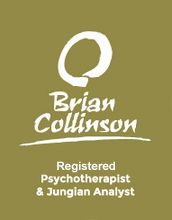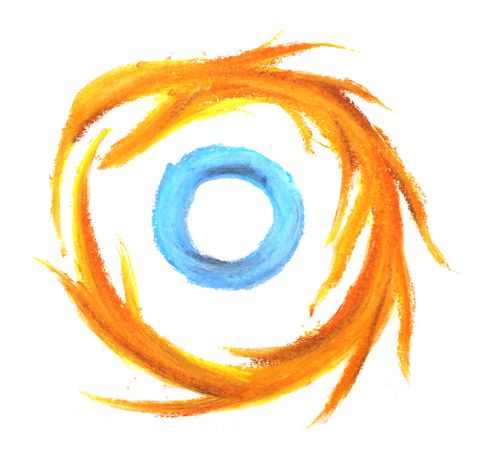A Jungian Psychotherapist’s Symbol Book

I’ve decided to do an ongoing series of posts on this blog that discuss particular symbols, and their significance for analytical psychology and case studies. I want to do something that gives a sense of some key symbols that might appear in dreams, art and elsewhere in our lives, as perhaps Carl Jung would identify them. WHY do I want to do this?
Simply put, because symbols are very important in human life, and have an enormous capacity to enrich human life. They are also often poorly understood. For one thing, a symbol is not the same as a sign. To see what I mean, consider the following.
If you encounter this critter when you’re driving your car, there is really no mystery about it. The meaning that this thing is intended to convey could be put into one or two sentences, the chief of which would be, “When your vehicle gets to this point, come to a complete stop, and then proceed when it is safe to do so.” Or words to that effect. No mystery there.
A Sign Can be a Symbol
But let’s say that you encounter a vivid image of a stop sign in a dream. Its meaning in that context may be nowhere near as apparent or as cut and dried as it is when one encounters STOP as a road sign. Its meaning might well be a whole lot deeper, and it may carry a great deal more emotion — if for instance it is occurring in a dream that is about a key love relationship, or about a career that one has pursued for a long time, that is now threatening your health.
My example is a rather simple one, but I think that you’ll see my point. A symbol is not at all the same thing as a sign.
Definition of a Symbol?
What, really is a symbol? In my opinion, that’s a whopper of a question. I think that people have some sense of it, but it is extremely hard to put into words. Here is one definition, by Jungian analyst June Singer:
“the images which people create or discover as expressions of the not-yet-known”
Singer, June, Boundaries of the Soul, (New York: Anchor Books, 1994) p. xxxvii
This is not a perfect definition — it definitely has some holes in it. Yet I think its heart is in the right place, and it points us in the right direction.
Symbols Have Emotional Power
Symbols can have tremendous emotional power. When they resonate with us, they can affect us right down to our very core. And sometimes, after we really encounter them, they can even change us, right down at the center of who we are.
I hope to have some fun opening up for you some of the key symbols, from a Jungian perspective. My approach is probably not going to be systematic or comprehensive, but I hope that you’ll find value in the symbols that I bring to your attention.
Are You Concerned with Symbols?
Are symbols something that concern you, even if you don’t usually refer to them using that term? For instance, do you ever find yourself puzzling or turning over an image in a dream, and wondering “What the heck does that mean?”? I would be extremely interested to hear how symbols engage you. If you have a story or a reflection you’d like to share, let me know via a comment or through a confidential email. I’d like to keep this relevant, by discussing the things that matter to you.
Brian Collinson, Psychotherapist & Jungian Analyst
[cta]
1-905-337-3946
PHOTO CREDITS: © Marek Pilar | Dreamstime.com ; © Klotz | Dreamstime.com


